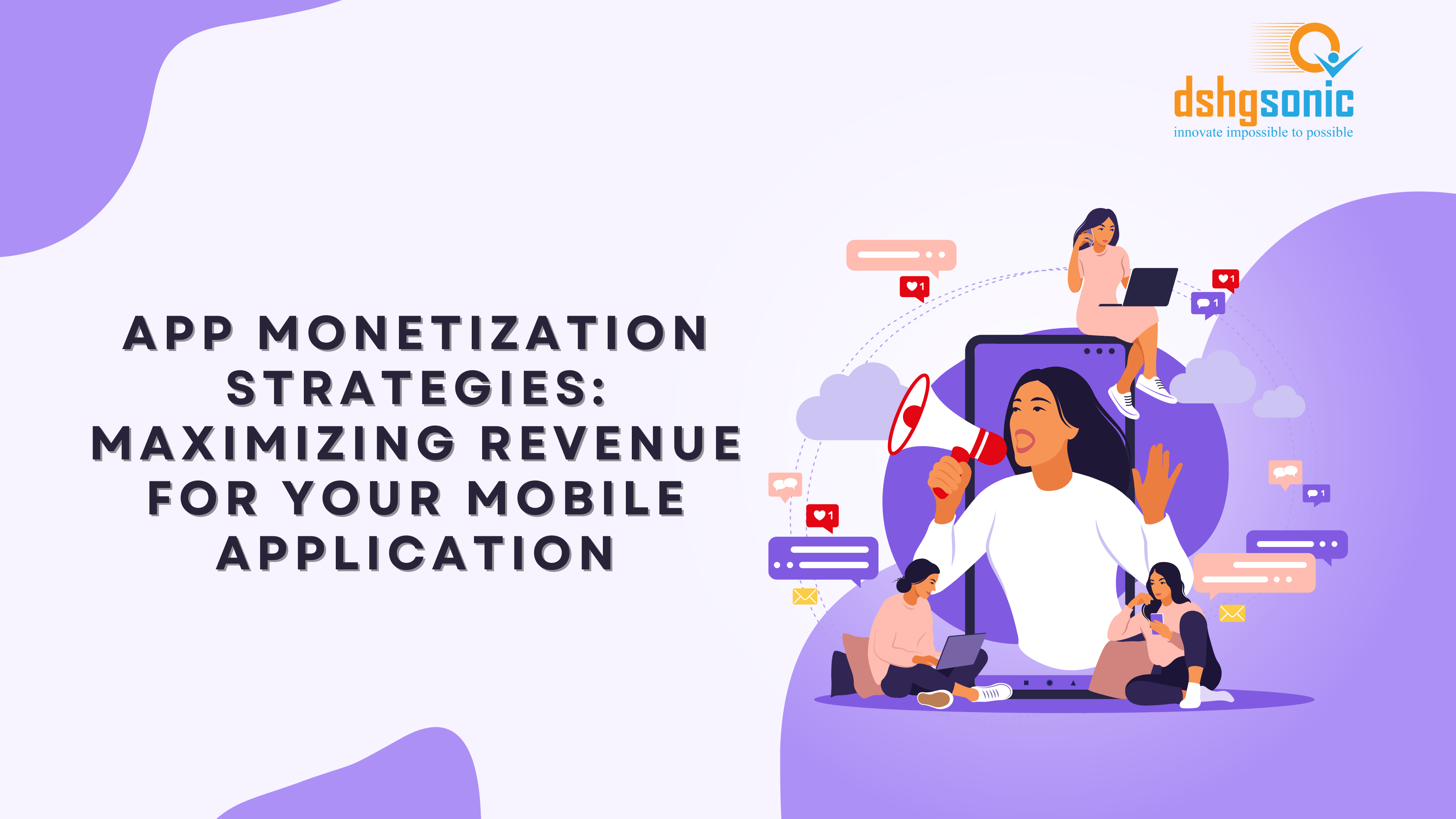Monetizing your mobile application can be daunting, but it doesn’t have to be. You can turn your mobile app into a powerful revenue generator with the right strategies and platforms. In this post, we’ll take an in-depth look at how to maximize monetization potential for any application through building user engagement, optimizing ad placement, implementing subscription models, establishing an e-commerce presence, and more. Armed with these tactics and the right mobile monetization platform, you’ll soon see that devoting time to driving app revenue is well worth it.
Keep reading for full details on boosting earnings from your app today!
Table of content
- Identify and target your audience
- Create an in-app purchasing system for virtual goods or services
- Utilize subscription models to ensure regular payments from users
- Incorporate advertisements into the user experience to capture revenue
- Use data analysis to optimize pricing and maximize revenue potential
- Analyze feedback from customers and use it to improve the user experience and increase motivation for ongoing payment
1. Identify and target your audience
Understanding your audience is crucial when building an app. Afterall, if you don’t know who your users are or what they need, how can you create a product that meets their expectations? By identifying and targeting your audience, you can tailor your app to meet their specific needs and preferences. Whether you’re creating a fitness app for health enthusiasts or a cooking app for busy parents, understanding who your users are and what they require from your app will not only make them happy, but it will also increase the chances of success for your app. By putting in the effort to truly understand your audience, you’ll be able to create a product that resonates with them and keep them coming back time and time again.
2. Create an in-app purchasing system for virtual goods or services
In today’s digital age, virtual goods and services have become increasingly popular among consumers. As a result, it is essential for businesses to offer an in-app purchasing system for their virtual products to make the transaction process even more seamless for their customers. Implementing such a system allows users to easily browse and buy items, whether they are virtual goods like skins or in-game rewards or services like digital content creation tools. This not only creates a more efficient user experience but also provides a pathway for businesses to generate revenue. With an in-app purchasing system, companies have the possibility of capitalizing on the growth of the virtual industry while providing a convenient service to their customers.
3. Utilize subscription models to ensure regular payments from users
Subscription models have become increasingly popular in recent years, allowing businesses to generate a reliable source of income through regular payments from users. By offering customers a subscription, companies can create a regular revenue stream that improves financial stability and enables better long-term planning. The benefits of utilizing subscription models are not limited to the business only – customers often appreciate the predictability of charges, the flexibility to switch plans, and special promotions available only to subscribers. With the rise of online services and e-commerce, subscription models have evolved beyond news and entertainment content to include a variety of products and services. Companies that adopt subscription-based models open up new possibilities for business growth and the potential to transform entire industries.
4. Incorporate advertisements into the user experience to capture revenue
As the digital world continues to evolve, finding creative ways to generate revenue has become a top priority for many businesses. A trend that has gained popularity over the years is incorporating advertisements into the user experience. This seamless integration not only provides a revenue source but also allows brands to reach their target audience in a more organic way. By understanding the user’s behavior and preferences, businesses can deliver personalized ads that align with their interests. Advertisements within the user experience create a win-win situation, where users can access free content while companies can capitalize on their reach. As long as the ads don’t interrupt the user experience, it’s a strategy worth exploring.
5. Use data analysis to optimize pricing and maximize revenue potential
One solution to improving pricing strategies is data analysis. By analyzing data, businesses can understand consumer behavior, preferences, and patterns that can help optimize pricing for maximum revenue potential. Data analysis not only helps identify the ideal price point but also enables an understanding of the elasticity of demand, which can further aid in pricing decisions. Ultimately, data analysis allows companies to align their pricing strategies with market trends and gain a competitive edge. Gone are the days of guesswork in pricing strategies; now, data analysis is helping businesses make informed decisions that maximize revenue.
6. Analyze feedback from customers and use it to improve the user experience and increase motivation for ongoing payment
Listening to your customers is key to improving the user experience and motivating them to keep paying for your product or service. By analyzing their feedback, you gain valuable insight into how they are using your product and what they love or dislike about it. This information can be used to make necessary improvements, address pain points, and create a better overall experience for your users. Not only will this improve customer satisfaction, but it will increase their motivation to continue using your product and make ongoing payments, ultimately benefiting your business in the long run. So, take the time to listen and learn from your customers’ feedback – it’s a win-win the situation for both sides.
Summary
All in all, there are many strategies available to maximize revenue for a mobile application and monetize its content. Research is key to finding the best methods that fit the type of app being created. App monetization must also remain within the boundaries of each app’s respective legal framework. Furthermore, it is important to adjust and optimize monetization strategies as the market changes, implementing insights from user analytics and stakeholder feedback. At DSHG Sonic we understand how much goes into the process of monetizing an app, which is why our team is dedicated to helping you find success through our comprehensive mobile application service packages. Reach out today and see how team DSHG Sonic can set you up for success with your app monetization needs!









